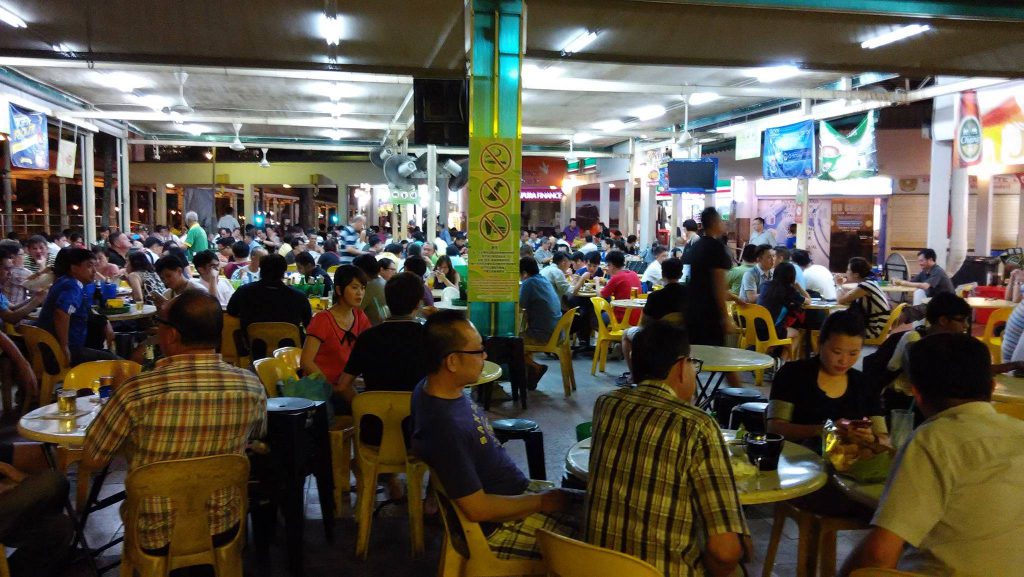Counterperformance: The Heartland and Other Spaces in Eating Air and 15
November 29, 2016

Dr Edna Lim (NUS Dept of English Language & Literature) analyses two local films titled ‘Counterperformance: The Heartland and Other Spaces in Eating Air and 15’. The heartlands arose out of Singapore’s urban development plans in the 1960s, which were aimed at developing public housing estates to foster social cohesion and communal living, and serve as a cornerstone of the country’s progress. Dr Lim explores the performance of Singapore’s ‘heartland’ in Kelvin Tong and Jasmine Ng’s Eating Air (1999) and Royston Tan’s 15 (2013). She shows how both films reject performing the heartland as a welcoming, inclusive and familial space, and counterperform the heartlands as a fragmented space associated with alienation, difficulty and sadness. Eating Air depicts the heartland as having no space for its main character, Boy, and his friends, who inhabit instead marginalised and empty spaces such as the rooftops of HDB flats and abandoned construction sites. Similarly, 15 counterperforms the heartland as a cold, futile place of lost innocence and private pain, focusing on the sense of entrapment felt by juvenile delinquents as they experience heartland spaces.
By presenting a counterposition and different reality, both films demonstrate how state representations of national identity are neither unified nor homogeneous. Additionally, Dr Lim reveals the performative aspect of national identity, where neither the state’s performance nor cinema’s counterperformance can fully address, depict or represent the nation. Dr Lim’s essay is published in the book Asian Cinema and the Use of Space.
Find out more about the book here.
